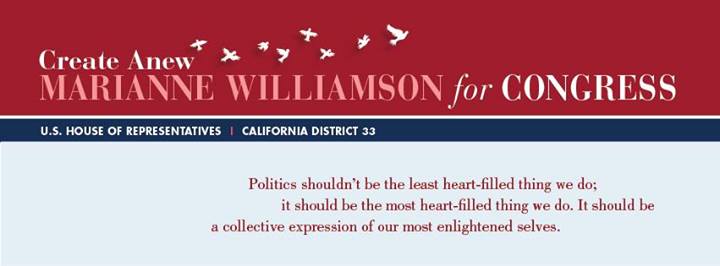Business thinker must have a million 2×2 grids for classifying things. While chatting with my B-school advisor some years ago, I theorized that most business thinking has to get reduced to a 2×2 grid, because people can’t get their minds around anything bigger than what they can draw on a 2-dimensional piece of paper with six strokes of a pencil. But I digress
I once read an article that said you could sort almost any business action into a 2×2 grid with these axes: Do You Want It? and Do You Have it?
I can’t remember the author’s labels, but they corresponded more or less to the ones I used above. Preserve what you want and have, Create or Get what you want but don’t have, Prevent what you don’t want and don’t have, and Eliminate what you don’t want and do have.
Not that we should use labels to oversimplify, but they do make it easier to get a perspective on what kind of work you might be doing — whether looking at your company as a whole, or whether looking at a specific task or project you’re working on.
I’ve sometimes asked friends (and clients) whether they want their vocation to be about “adding good or removing bad”. (I’ve never asked about “preserving good or preventing bad”, though now that I remember this grid, I should consider broadening my question.)
I think it’s an important question. People are wired differently (or want different things at different times in their life), and someone who really wants to “add good” may well suffer in a career in which she focuses on “removing bad”, no matter how good she is at it.
For example: one of my clients opened a gift store after years of working as a child psychologist. Her store is mostly about creating new smiles, and she loves the work, even if it doesn’t pay as well as her former job. The thing that drove her out of child psychology was too many years of seeing suffering children. Yes, she helped them many of them out of great misery. But she eventually fatigued of seeing the misery, no matter how good she was at her job.
Of course many jobs and industries spend some time in all four quadrants. Think of an internal auditor who works to prevent losses or fraud (“prevent it”) working for a toy company that wants to create fun (“create/get it”). Or think of a sales exec hunting clients and opening up markets (“create/get it”) for a pesticide company (“eliminate it”).
In the end, it’s good to know that the way you spend your day and the things that you achieve line up with how you want to live. And this grid is a nice reminder to ask the question.
—-
Please drop me a line if you know who created this grid and wrote the original article!



